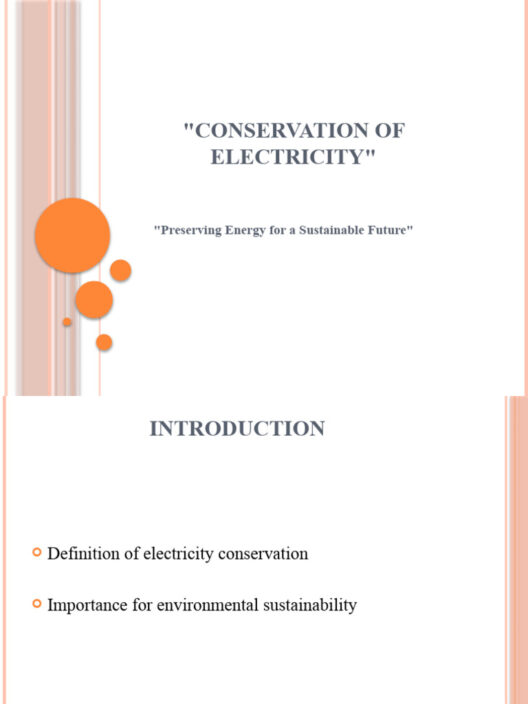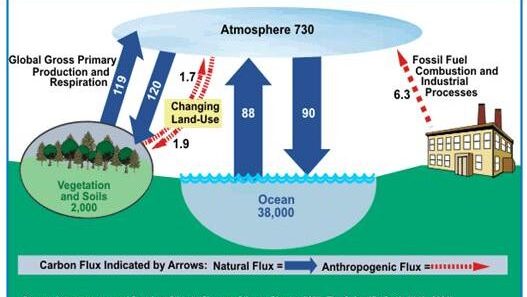Auto air conditioning systems are a hallmark of modern vehicular convenience, providing comfort during the sweltering heat of summer. However, with the increasing awareness of climate change and its vicissitudes, the ecological implications of such technologies have garnered scrutiny. Understanding whether auto air conditioning contributes significantly to global warming requires an exploration of the mechanics, the refrigerants involved, and the broader implications of energy consumption.
At its core, auto air conditioning works through a closed-loop system that circulates a refrigerant—a fluid capable of changing states from gas to liquid and back again. This cycle absorbs heat from the cabin, expelling it outside and delivering cool air to the occupants. While this process seems innocuous in terms of immediate utility, the underlying chemical reactions and energy consumption are critical areas of concern regarding their environmental impact.
An essential aspect to consider is the type of refrigerants used in these systems. Traditionally, vehicles employed chlorofluorocarbons (CFCs) and hydrochlorofluorocarbons (HCFCs), which have been shown to pose significant threats to the ozone layer, a crucial shield against harmful ultraviolet radiation. The depletion of the ozone layer not only has dire implications for human health but also exacerbates the greenhouse effect, leading to global warming. Although many countries have transitioned to more environmentally friendly refrigerants such as hydrofluorocarbons (HFCs), these are not without their own drawbacks. HFCs, while ozone-friendly, are potent greenhouse gases and contribute to warming when released into the atmosphere.
Moreover, the energy consumption required to run air conditioning systems cannot be overlooked. These systems typically draw power from the vehicle’s engine, leading to increased fuel consumption. In simpler terms, when the air conditioning is engaged, the engine works harder, which reduces overall fuel efficiency. Fossil fuels—derived predominantly from oil and gas—are the primary energy source for most vehicles on the road today. The combustion of these fossil fuels releases carbon dioxide (CO2), one of the principal greenhouse gases responsible for global warming. Consequently, the use of air conditioning in automobiles indirectly contributes to the increase of CO2 levels in the atmosphere.
Furthermore, the faster the vehicle consumes fuel, the greater the emissions associated with that fuel usage. Studies indicate that using air conditioning can increase fuel consumption by as much as 20 to 30 percent in some scenarios. This significant rise in fuel consumption inevitably correlates with greater emissions of greenhouse gases, pushing our climate into increasingly precarious territory. As such, one must contemplate the often-overlooked ripple effects of this convenience—enjoyment of a cool cabin comes at the cost of exacerbating an already critical climate crisis.
Addressing these concerns necessitates a multifaceted approach. The advancement of technology plays a pivotal role in reducing the environmental footprint of automotive air conditioning systems. The development of electric and hybrid vehicles offers a promising avenue; these vehicles have the potential to utilize more efficient air conditioning systems that do not rely on fossil fuel combustion. Innovations in heat pump technology also exhibit promise, as they work on a more efficient thermodynamic principle that reduces overall energy consumption.
In addition to technological innovations, behavioral changes are similarly essential. There are several practical strategies vehicle owners can adopt to mitigate the impacts of air conditioning usage. For instance, pre-cooling the vehicle with the windows down or using seat covers that reflect sunlight can reduce reliance on air conditioning altogether. Moreover, establishing a reasonable temperature setting—ideally around 72°F—can curtail excessive energy consumption.
A consideration of alternative transport options is also prudent. Walking, cycling, and the use of public transportation not only bypass the requirements of air conditioning systems but also lower emissions overall. Expanding infrastructure for these modes of transport can significantly decrease reliance on personal vehicles equipped with air conditioning systems.
In summary, while auto air conditioning systems undeniably provide comfort to millions of drivers and passengers, they pose complex challenges to our climate. From refrigerants that may contribute to greenhouse gas emissions to the increase in fuel consumption, these systems are not without their environmental costs. Nonetheless, the path forward lies in innovation, behavioral adjustment, and a concerted effort toward alternative transportation methods. Such measures, when collectively adopted, can alleviate the strain on our environment, creating a more sustainable future for generations to come.








